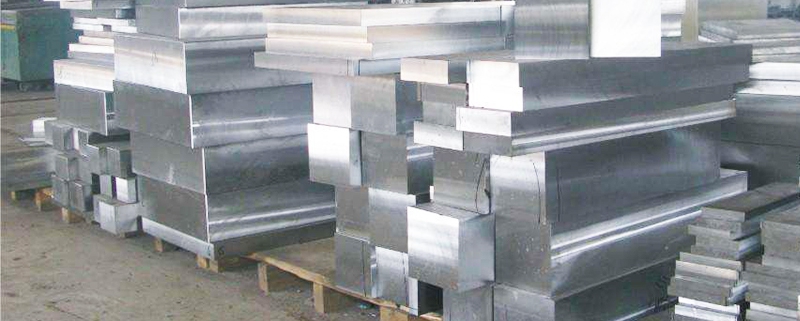The hardness of mold parts is the main factor affecting wear resistance
Core Abstract: The hardness of mold parts is the main factor affecting wear resistance. In general, the higher the hardness of the mold parts, the smaller the amount of wear and the better the wear resistance. In addition, wear resistance is also related to the type, quantity, shape, size and distribution of carbides in the material.
1.Strength
The working conditions of the molds are mostly very bad, and some of them are often subjected to large impact loads, which leads to brittle fracture. In order to prevent sudden brittle fracture of mold parts during work, the mold must have high strength and toughness. The toughness of the mold mainly depends on the carbon content, grain size and organization state of the material.
2.Wear resistance
When the blank is plastically deformed in the mold cavity, it flows and slides along the surface of the cavity, causing violent friction between the surface of the cavity and the blank, which causes the mold to fail due to wear. Therefore, the wear resistance of the material is one of the most basic and important properties of the mold.
3.Fatigue fracture performance
During the working process of the mold parts, under the long-term action of cyclic stress, fatigue fractures are often caused. Its forms include low-energy multiple impact fatigue fracture, tensile fatigue fracture, contact fatigue fracture, and bending fatigue fracture.



